
The .38 Special was introduced in 1899 in Smith & Wesson’s swingout cylinder Hand Ejector. That revolver was based on the company’s K-frame. Eventually the chambering was added to small J-frames with five-shot capacity, and later to S&W’s large N-frame for a special high-pressure factory load. Colt quickly picked it up for its New Service, Official Police and Police Positive revolvers, although a point to remember is that regardless of frame size, Colt’s double-action .38 Specials were six-shooters. The SAA was also made in .38 Special in all three of its generations of manufacture.
Cartridge designers cannot predict the future of their brainstorms, but if the fellow who drew up specifications for .38 Special lived long enough, he must have been pleased by its acceptance. At one time or the other, the .38 Special and its Smith & Wesson and Colt revolvers were standard issue for virtually every law enforcement organization in the U.S. It rode in leather holsters worn by the most rural of American sheriff’s deputies to U.S. Army helicopter pilots flying in Vietnam.
Bu hikaye Handloader dergisinin June - July 2020 sayısından alınmıştır.
Start your 7-day Magzter GOLD free trial to access thousands of curated premium stories, and 9,000+ magazines and newspapers.
Already a subscriber ? Giriş Yap
Bu hikaye Handloader dergisinin June - July 2020 sayısından alınmıştır.
Start your 7-day Magzter GOLD free trial to access thousands of curated premium stories, and 9,000+ magazines and newspapers.
Already a subscriber? Giriş Yap

OEHLER's New System 89 Chronograph
Measuring Bullet Performance Downrange
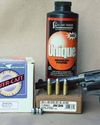
The Problem with Low Pressure Loads
Bullets & Brass
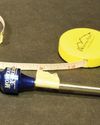
Measurements for Rifle Handloading
Handy Techniques for Accurate Ammunition
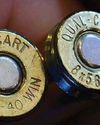
THE BRASS RING
In Range
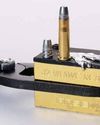
Semi-custom Bullet Moulds
Mike's Shoot in' Shack
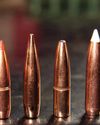
REVISITING THE 6.5 -06 A-SQUARE
Loading New Bullets and Powders
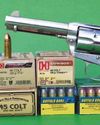
Cimarron Stainless Frontier .45 Colt
From the Hip
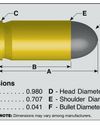
9x18mm Makarov
Cartridge Board
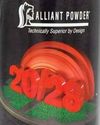
Alliant 20/28
Propellant Profiles
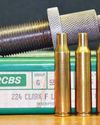
.224 Clark
Wildcat Cartridges